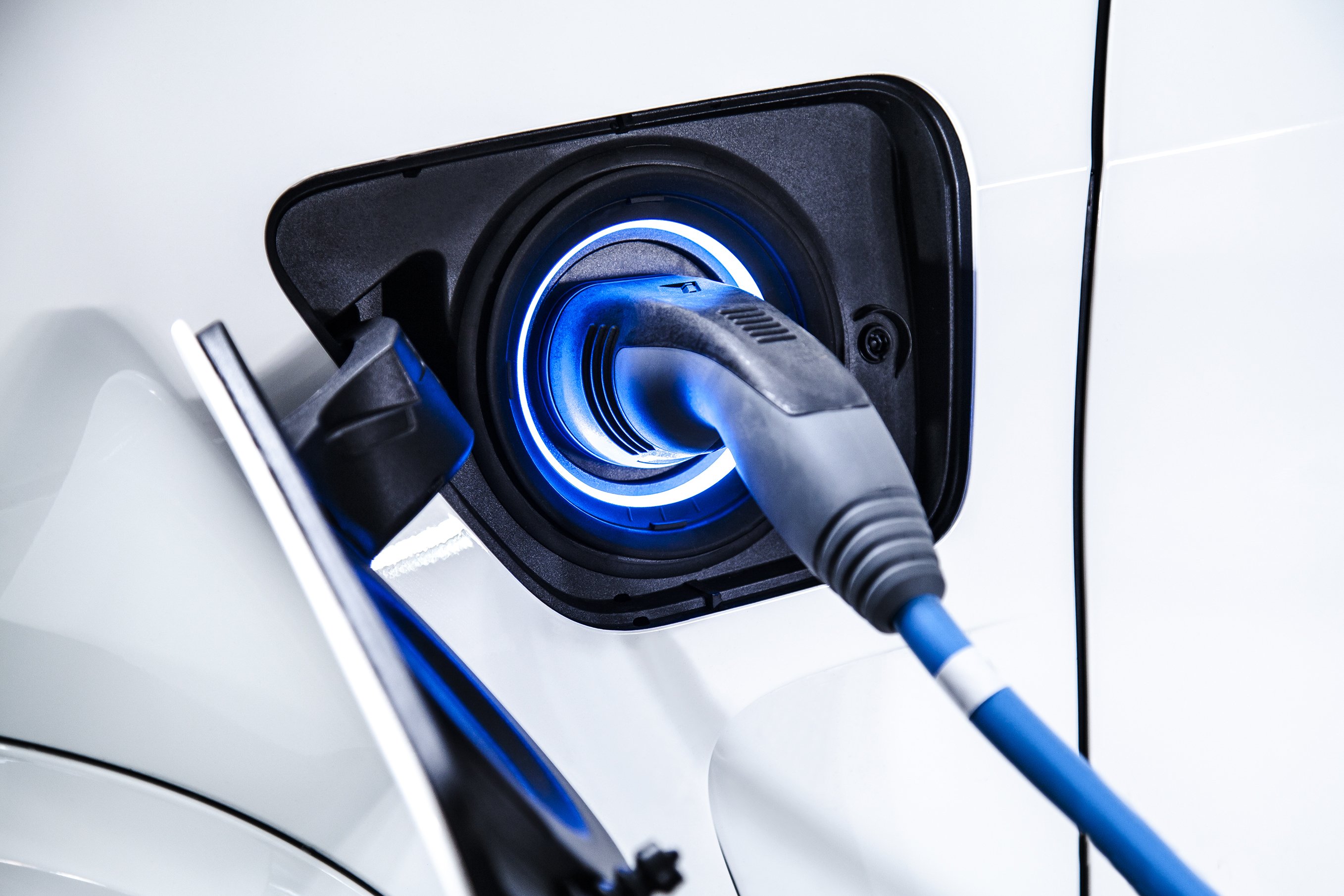The Semiconductor Biz Is Sick, But Demand For SiC Chips That Improve EVs Is Accelerating

While chipmakers, memory vendors, and fabs collectively bemoan slow demand and excess inventories, one segment of the semiconductor biz appears to be weathering the storm better than most: silicon carbide (SiC) power circuits used in electric vehicles.
During its Q2 earnings call Monday with analysts, US-based On Semiconductor reported $576 million in profits, up 26 percent year-on-year, from $2.09 billion in revenues. But while sales as a whole remained unremarkable during the quarter, up about $10 million from the year-ago quarter, the biz claimed Q2 revenue from silicon carbide components increased four-fold from the year prior.
"Our worldwide teams are firing on all cylinders, well, maybe I should start saying they're spinning all motors now," CEO Hassane El-Khoury joked on the call with Wall Street. "In Q2 alone we signed more than $3 billion of new silicon carbide LTSA (long term service agreements)."
The comment is fitting as El-Khoury says the auto industry, already one of the company's largest customer bases, accounts for 90 percent of Onsemi's SiC sales today. New customers in Q2 included Vitesco, BorgWarner, and Magna, all of which are using the manufacturer's SiC chips in products aimed at electric vehicle producers.
Silicon carbide chips have become a popular choice among automakers as they move to electrify their fleets. SiC is more efficient at higher voltages common in electric vehicles. As such, it's increasingly common to find SiC in the traction inverters and the DC-to-DC inverters used in EVs. According to chipmakers, this greater efficiency also allows for lower weight, reduced battery wear, and longer ranges for EVs that employ the tech.
SiC also has applications beyond the automotive sector. The parts are also well suited to power circuits used in solar electricity systems, energy storage, motors, and power supplies. However, El-Khoury told analysts on the call that non-automotive markets only accounted for about 10 percent of Onsemi's SiC sales.
- STMicroelectronics and GlobalFoundries to build wafer fab in France
- Bosch to acquire TSI Semiconductor with a view to EV chip fab retrofit
- Prices of gallium and germanium rise as China export controls loom
- Bosch goes all-in on hydrogen with €2.5B investment by 2026
Far from alone
Looking ahead, Onsemi offered a cautiously optimistic outlook for the semiconductor market, forecasting $2-$2.19 billion in revenues for Q3, driven in large part by automotive demand.
However, Onsemi is far from the only semiconductor company looking to cash in on the electrification of the world's road transport fleets. The market opportunity is tantalizing enough that investors are dumping billions into chip companies working on silicon carbide circuits.
Just last month, North Carolina-based Wolfspeed, which also produces components using SiC and Gallium Nitride (GaN), announced a $1.25 billion of secured note financing from an investment group led by Apollo with the potential to receive another $750 million.
Meanwhile rival chipmakers in Germany and The Netherlands have also announced major investments in the technology. Back in April German manufacturing giant Bosch revealed plans to acquire California-based TSI Semiconductors. Under the deal, the German conglomerate would invest $1.5 billion in TSI's Roseville, California to retool it for the production of SiC components on 200mm wafers.
Meanwhile, STMicroelectronics, which produces parts for Tesla, is also expanding SiC production, announcing in January the company would bring production of the chips in house. During the company's second quarter earnings call last week, CEO Jean-Marc Chery said he expected silicon carbide circuits to exceed $5 billion in annual revenues by the end of the decade. ®
From Chip War To Cloud War: The Next Frontier In Global Tech Competition
The global chip war, characterized by intense competition among nations and corporations for supremacy in semiconductor ... Read more
The High Stakes Of Tech Regulation: Security Risks And Market Dynamics
The influence of tech giants in the global economy continues to grow, raising crucial questions about how to balance sec... Read more
The Tyranny Of Instagram Interiors: Why It's Time To Break Free From Algorithm-Driven Aesthetics
Instagram has become a dominant force in shaping interior design trends, offering a seemingly endless stream of inspirat... Read more
The Data Crunch In AI: Strategies For Sustainability
Exploring solutions to the imminent exhaustion of internet data for AI training.As the artificial intelligence (AI) indu... Read more
Google Abandons Four-Year Effort To Remove Cookies From Chrome Browser
After four years of dedicated effort, Google has decided to abandon its plan to remove third-party cookies from its Chro... Read more
LinkedIn Embraces AI And Gamification To Drive User Engagement And Revenue
In an effort to tackle slowing revenue growth and enhance user engagement, LinkedIn is turning to artificial intelligenc... Read more

